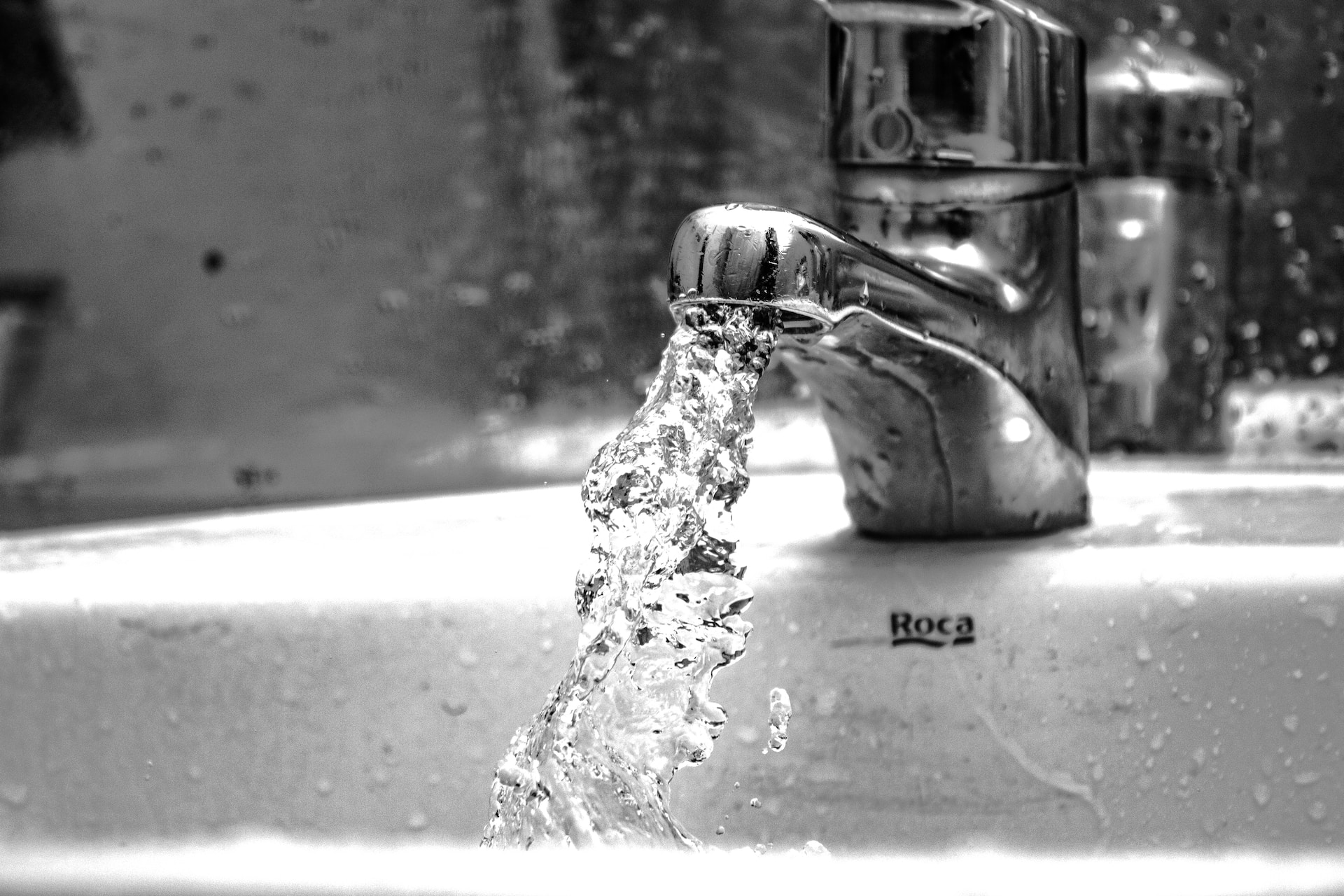Water Conservation Tips: How Plumbing Upgrades Can Save the Environment and Your Wallet
Are you concerned about the environment and looking for practical ways to reduce water usage and lower utility bills? Plumbing upgrades may not be the first thing that comes to mind, but they can make a significant difference. In this article, we’ll explore how making simple changes to your plumbing fixtures and systems can contribute to water conservation and benefit your wallet.
- Upgrade to Low-Flow Fixtures
One of the easiest and most effective ways to conserve water is by replacing your old, high-flow fixtures with low-flow alternatives. Low-flow toilets, showerheads, and faucets are designed to use significantly less water without sacrificing performance. By making this switch, you can reduce water usage by up to 60%, which translates to substantial savings on your water bills over time.
- Fix Leaks Promptly
Do you have a dripping faucet or a running toilet? Even seemingly minor leaks can waste hundreds of gallons of water every month. Not only do these leaks cost you money, but they also contribute to water scarcity problems. Taking prompt action to fix leaks prevents water wastage and extends the lifespan of your plumbing system.
- Install Faucet Aerators
Faucet aerators are simple devices that mix air with water, reducing the flow rate while maintaining adequate water pressure. They are easy to install and can cut water usage in half without sacrificing the quality of your daily tasks like handwashing or dishwashing.
- Consider a Tankless Water Heater
Traditional water heaters with storage tanks constantly keep a supply of hot water ready, which can lead to energy and water waste. Tankless water heaters, on the other hand, heat water on demand. They are more energy-efficient and can save you money and water in the long run.
- Collect Rainwater for Outdoor Use
Consider setting up a rainwater harvesting system if you have a garden or lawn. Collecting rainwater in barrels or tanks allows you to use it for irrigation, reducing the need for treated municipal water. This conserves water and lowers your water bill during the dry months.
- Insulate Your Pipes
Insulating your water pipes helps maintain water temperature, reducing the need to run the tap until it reaches the desired warmth. This small investment can significantly affect your water consumption and energy bills, especially during the colder months.
- Upgrade Your Water Softener
If you have a water softener, ensure it is operating efficiently. Older models often use excessive amounts of water during the regeneration process. Consider upgrading to a high-efficiency water softener that minimizes water wastage.
- Install a Smart Irrigation System
For those with automated irrigation systems, consider upgrading to an intelligent system that adjusts watering schedules based on weather conditions and soil moisture levels. This prevents overwatering and helps you save water and money.
- Be Mindful of Your Watering Habits
Whether you’re watering your plants or washing your car, it’s essential to be mindful of your water usage. Use a hose nozzle to control the flow and avoid unnecessary water wastage. Water your garden during the more excellent parts of the day to reduce evaporation.
- Educate Yourself and Others
Lastly, educate yourself and your family members about the importance of water conservation. Encourage everyone to adopt water-saving habits and be vigilant about fixing leaks and using water efficiently. Small changes in behavior can add up to significant water savings.
In conclusion, plumbing upgrades offer a dual benefit: they help you save money on your water and energy bills while contributing to water conservation efforts. By embracing these water-saving tips and investing in eco-friendly plumbing fixtures and systems, you reduce your environmental footprint and protect your wallet. Switch to more efficient plumbing today, and you’ll reap the rewards for years.

